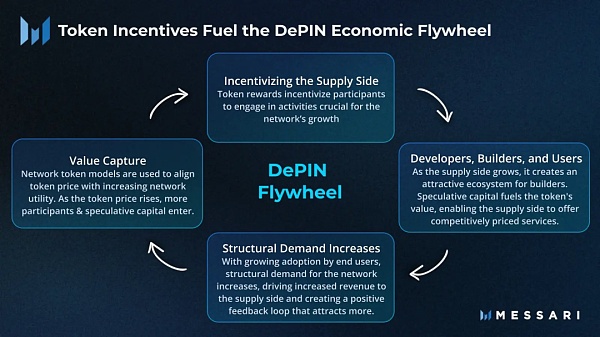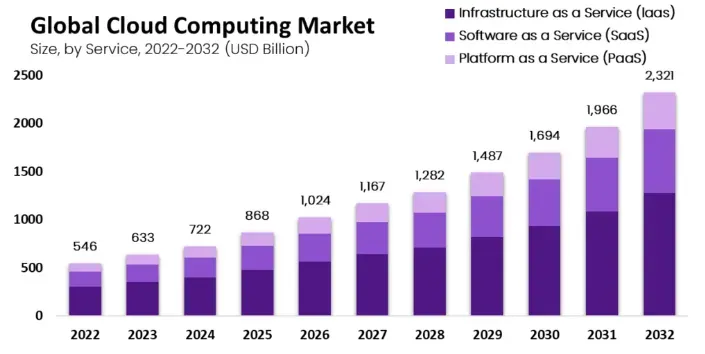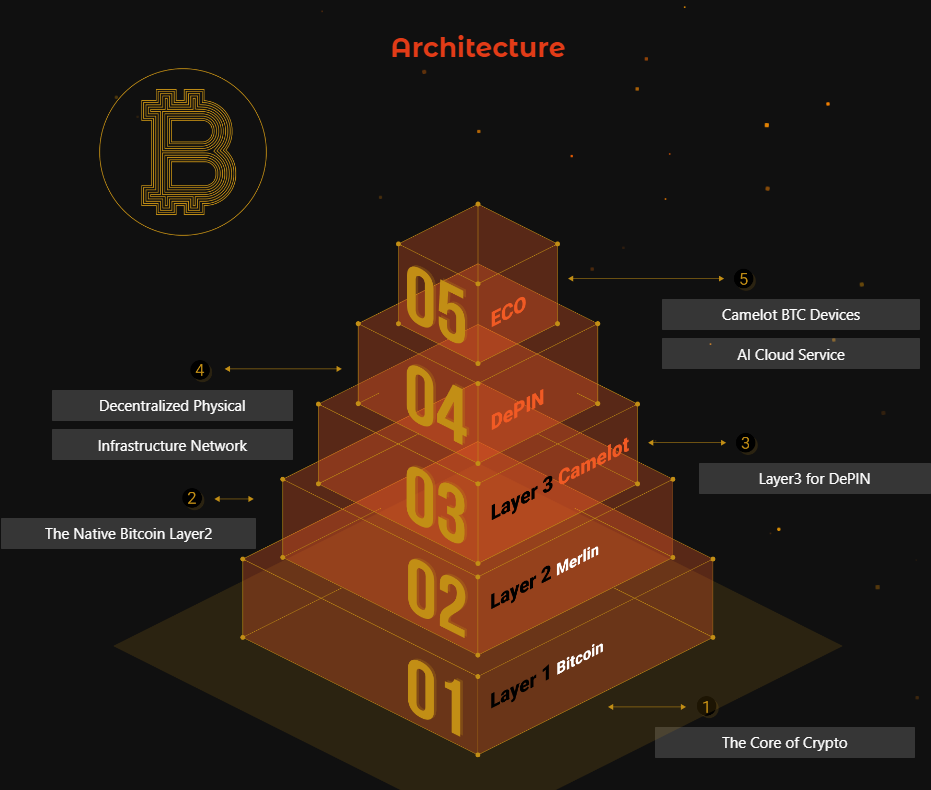1. The Intrinsic Logic and Investment Value of DePIN+ Track
Although the awareness of DePIN in the Web3 world is continuously increasing, the concept, importance, and core value of DePIN are still confusing in the Web2 world. What exactly is DePIN? Why is DePIN important? What is the core value of DePIN?
DePIN, which stands for Decentralized Physical Infrastructure Network, provides a decentralized method for building and managing IoT networks by combining real-world sensors, artificial intelligence, and blockchain technology. The core logic of DePIN goes beyond a simple device mining model; its essence lies in the decentralized aggregation of public resources. The aggregation process is essentially a process of "+", therefore, the relevant industry application direction is very important.
In general, users contribute idle resources (such as bandwidth, computing power, etc.), transfer data ownership, and provide support for other data needs in exchange for economic returns. Through incentive mechanisms, DePIN allows anyone to contribute to the infrastructure and receive rewards, reducing reliance on centralized entities and promoting a more equitable distribution of benefits.
Next, we will analyze various popular directions of DePIN applications to better understand the reasons for the rapid growth of these tracks and the potential opportunities in the future, but always DYOR.

(Source: Messari)
2. DePIN+AI: Role in Data Collection and Training
According to the Grand View Research report, the global AI market is expected to reach $196.63 billion by 2028, with a high compound annual growth rate of 40.2% (#Note 1). Data is a key driver of AI development. Gartner predicts that by 2025, 70% of enterprises will increase the productivity of data science work by using AI technology (#Note 2). DePIN efficiently collects decentralized and diversified data for AI model training through a decentralized approach, providing an ideal environment for AI model training.

In the field of AI, the richness and diversity of data are crucial for model performance. Taking GPT-3 as an example, it has 175 billion parameters and a training data volume of 45TB (#Note 3), demonstrating powerful natural language processing capabilities. DePIN projects provide rich data sources for AI models by integrating global IP resources. According to Statista data, as of the end of 2021, the global active IPv4 address count is approximately 4.5 billion (#Note 4), and the network behavior data and user preference information behind these IP addresses have high value for AI model training.
The richness of internet IP addresses directly affects the efficiency of AI data acquisition. DePIN projects with abundant IP resources allow users to efficiently collect required public data by providing a large number of different IP addresses, enabling them to bypass access restrictions. This is particularly important for AI applications that rely on large-scale and diverse data for training. Additionally, blockchain technologies such as zero-knowledge proofs can protect user data, making it the best current solution.
DePIN will greatly promote the development of model training and pave the way for AGI (Artificial General Intelligence).
3. Case Analysis of DePIN+: The New Narrative of Camelot Protocol
Camelot Protocol is the first public chain dedicated to DePIN, supporting multiple BTC Layer2 and focusing on Layer3, aiming to build the world's largest mobile device AI computing power ecosystem.

Through DePIN technology, Camelot integrates enterprise data and individual idle computing power and bandwidth from different platforms in traditional Web2 scenarios into a distributed computing power pool running on Layer3, providing highly flexible and customizable computing power services for mobile devices. Whether it's home or commercial broadband, or personal smart devices such as smartphones and computers, they can all contribute as nodes. After providing resources, users will receive Camelot points as rewards, all of which can be exchanged for CLOT tokens.
Camelot closely aligns with the core concept of DePIN by guiding user hardware participation and aggregating idle IP and bandwidth resources. However, the direct connection between IP and bandwidth resources and data collection and AI training is not obvious. In fact, Camelot does not directly collect or use user data; instead, it creates extremely favorable conditions for accessing and collecting public data by providing rich IP resources.
For example, a data analysis team for an e-commerce platform may encounter obstacles in competitive price monitoring due to triggering anti-crawling mechanisms when frequently fetching competitor website information from a single IP address in a conventional network environment. However, when the team uses Camelot's services, they can flexibly switch to different IP addresses for access, effectively avoiding being identified as a bot, ensuring the smooth progress of data collection tasks, and timely and accurately grasping market dynamics, providing strong data support for formulating competitive strategies.
It is worth mentioning that Camelot has completed a seed round of financing led by DWF and several individual angel investors, and the token has not yet been listed, with expectations to go live on top centralized exchanges in Q2.
4. Product Implementation: Bringing the DePIN+ Concept into Real Life
One of the main application scenarios of DePIN is AI and edge computing, with many interesting cases being explored by DePIN entrepreneurs in logistics, unmanned delivery robots, drone detection, and access management.
Another major area where DePIN is rapidly rising is in healthcare and wearable device-related technologies.
The appearance of wearable devices has been greatly improved, making them more comfortable to wear. We now have very private, compliant, and high-performance off-chain data storage solutions for medical data. Therefore, we expect to see a large number of health devices such as smart rings, patches, necklaces, wristbands, and mattresses emerging.
As a driving force in the DePIN track, Camelot Protocol has been committed to deeply integrating the decentralized concept with physical infrastructure, building an efficient, secure, and user-friendly distributed network. According to Planet Daily, Camelot has partnered with ZOBO, Vietnam's largest smart wearable brand, to launch the first smartwatch that supports the DePIN ecosystem, successfully transitioning DePIN from the conceptual stage to the practical product level, bringing users a new experience of sharing data value.
This smartwatch, jointly created by Camelot and ZOBO, not only has all the functions of a smartwatch, such as health monitoring, message reminders, and activity tracking, but also innovatively integrates support for the DePIN ecosystem. After wearing and activating the watch, users can securely and transparently contribute personal data such as step count, heart rate, and location to the DePIN network through the watch's built-in sensors and network module. In return, users will have the opportunity to receive airdrop rewards provided by the Camelot ecosystem, realizing the direct value realization of personal data.
This collaboration marks the successful application of DePIN technology for the first time in consumer-grade smart wearable devices, achieving the productization of the DePIN+ concept and bringing the decentralized physical infrastructure network from theory to reality. With more similar collaborations, DePIN is expected to play a more important role in the future digital society, reshaping the data value distribution pattern, promoting the return of data ownership to individuals, and ushering in a new era of data sharing and value exchange.
---
Conclusion:
Amid the wave of deglobalization, traditional manufacturing industries are severely affected. Increasing international cooperation is becoming increasingly difficult under centralized regulation. DePIN is not only highly scalable and has aggregation methods for various industries, but also bridges the gap between Web3 and Web2. In this Web2.5 context, DePIN is the "+" that connects everything.
1. The Paradigm Shift in Thinking and Deploying IoT Solutions with DePIN+
DePIN+ represents a paradigm shift in our thinking and deployment of IoT solutions, paving the way for a more interconnected, intelligent, and sustainable future.
Note 1:
Grand View Research. Artificial Intelligence Market Size, Share & Trends Analysis Report By Component (Hardware, Software, Services), By Technology (Machine Learning, Natural Language Processing), By End-use, And Segment Forecasts, 2021 – 2028. Retrieved from https://www.grandviewresearch.com/industry-analysis/artificial-intelligence-ai-market
Note 2:
Gartner. (2021). Gartner Predicts 70% of Organizations Will Increase Their Use of AI by 2025. Retrieved from https://www.gartner.com/en/newsroom/press-releases/2021/01/21/gartner-predicts-70-of-organizations-will-increase-their-use-of-ai-by-2025
Note 3:
OpenAI. (2020). GPT-3: Language Models are Few-Shot Learners. Retrieved from https://arxiv.org/abs/2005.14165
Note 4:
Statista. (2022). Number of IPv4 addresses allocated globally as of December 2021. Retrieved from https://www.statista.com/statistics/263722/number-of-ipv4-addresses-allocated-globally/
免责声明:本文章仅代表作者个人观点,不代表本平台的立场和观点。本文章仅供信息分享,不构成对任何人的任何投资建议。用户与作者之间的任何争议,与本平台无关。如网页中刊载的文章或图片涉及侵权,请提供相关的权利证明和身份证明发送邮件到support@aicoin.com,本平台相关工作人员将会进行核查。




